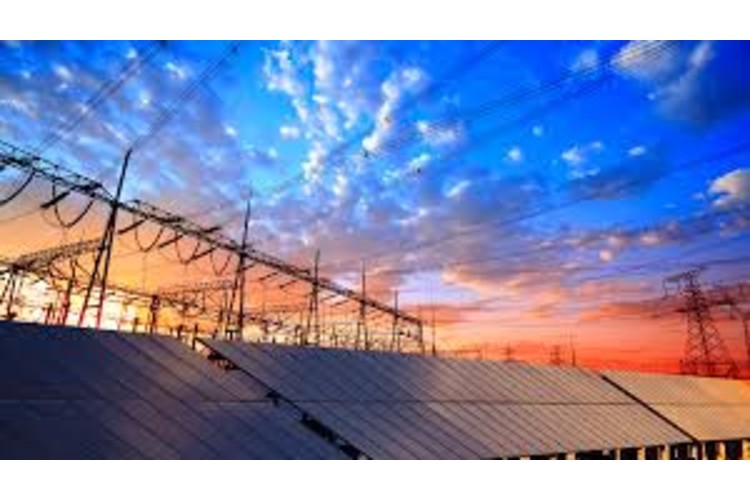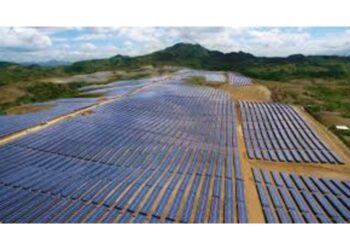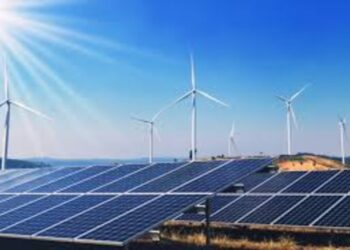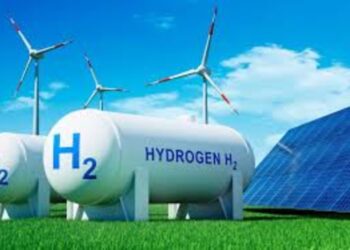The Kerala State Electricity Regulatory Commission (KSERC) has released the draft Renewable Energy and Related Matters Regulations, 2025. The draft applies to grid-interactive renewable energy systems, captive consumers and generating projects, as well as consumers and prosumers across domestic, agriculture, and industrial categories, generating companies, distribution licensees, and other obligated entities. Consumers and prosumers in the identified categories are allowed to opt for net metering (1 kW–3 kW), net billing, gross metering, behind-the-meter, virtual net metering (minimum 10 kW), and group net metering systems. For net billing, renewable energy generating systems (REGS) capacity cannot exceed the connected load or 500 kW, whichever is lower. Inverter capacity for single-phase connections is capped at 3 kW. The cumulative capacity connected to a distribution transformer must not exceed 90 per cent of its rated capacity, and 30 per cent on each phase. Furthermore, independent power producers and captive consumers can request grid connectivity and must bear the cost of infrastructure upgrades. Entities generating electricity from renewable sources have the right to open access, but charges such as transmission losses, wheeling charges, and grid support charges will be applicable.
All REGS must have an automatic synchronisation device and meters that comply with Central Electricity Authority norms, including RS-485 or higher communication standards. Metering requirements differ based on system size: availability-based tariff (ABT)-compatible special energy meters for capacities of at least 1 MW, smart meters for 100 kW to below 1 MW systems, and smart meters for systems under 100 kW installed on or after April 4, 2027. Consumers with compliant meters are not required to install separate net meters. Prosumers with systems above 1 MW must install ABT-compatible meters within six months of notification. The distribution licensee will test, install, and maintain metering equipment, while eligible consumers must procure the renewable energy generation meter at their own cost. Virtual power plants must register with the distribution licensee and establish real-time monitoring systems. Electric vehicle owners, charging stations, and licensees are permitted to participate in vehicle-to-grid integration. A state agency will be designated within three months of the notification to monitor enforcement, develop a web portal, and collect data on fossil fuel-based generation and open access transactions from obligated entities.
Obligated entities must fulfil both renewable purchase obligations (RPO) and energy storage obligations (ESO), including sourcing a share of their energy from renewables and storage systems. The energy stored as part of the ESO will count towards RPO compliance. Renewable energy procurement by distribution licensees must primarily follow tariff-based competitive bidding. Tariff periods for the project must match the project’s useful life period. KSERC may notify a generic tariff or, if petitioned, determine a project-specific tariff. The determined tariff will act as an upper ceiling. The tariff structure includes a single-part tariff covering equity (maximum 30 per cent of capital cost), loan capital, depreciation, and other associated costs, with a normative debt-equity ratio of 70:30 and loan tenure of 15 years. Carbon credit proceeds from registered clean development mechanism projects will be shared between generating companies and beneficiaries. Additionally, KSERC has outlined technology-specific norms as well. For wind, solar and hybrid projects, KSERC will determine project-specific capital costs, considering market trends. Furthermore, the annual mean wind density should be measured at a hub height of 100 metres. For small hydro projects, the normative capacity utilisation factor should be 30 per cent, excluding pump mode operation. Grid-scale standalone battery energy storage systems must have a minimum round-trip efficiency of 85 per cent.













